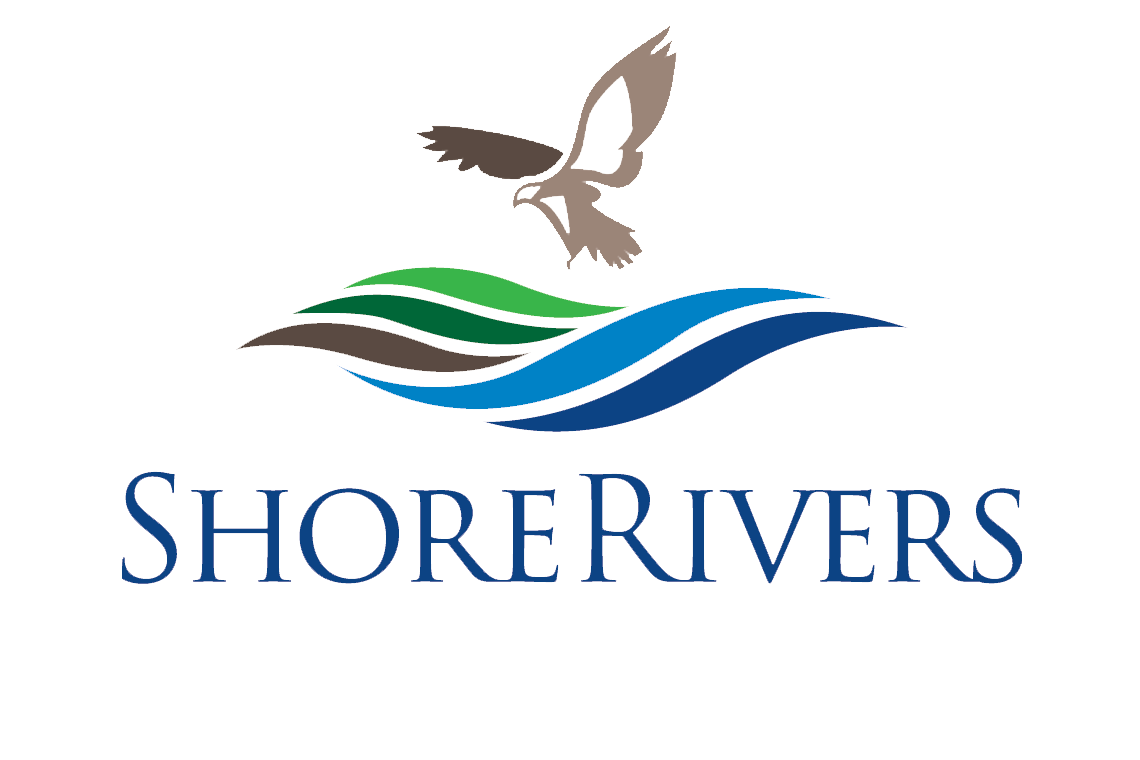I read Tragedy of the Commons many times in my undergraduate career. We are all familiar with the premise: overuse of a common resource for personal benefit ultimately eliminates that resource, spoiling it for everyone. To ensure that our common resources do not become depleted in Maryland or the Chesapeake Bay, the Maryland Department of Natural Resources (DNR) works to “preserve, protect, restore, and enhance our environment for this and future generations.” Specifically, DNR strives to create balance between our economy and our environment, which we at ShoreRivers commend and support.
Consider the eastern oyster, for example, a filter feeder that improves water quality and habitat, and is an iconic menu item for locals and tourists alike. A DNR Fishery Management Plan is needed for this species to ensure that we continue to see both ecological and economic benefits for generations to come. This is an example of a state agency regulating a natural resource so that all can benefit.
Two lesser known bivalve species in the Bay provide similar ecological value. Soft shell clams and razor clams filter the same volume of gallons in one day as the oyster. Numerous studies have found that these species once played an integral role in the Chesapeake’s food web, as a primary food source for multiple predators. Unfortunately, also similar to the eastern oyster, these clam species are on the brink of extinction in the Chesapeake Bay.
The soft shell clam fishery has been “boom and bust” since the invention of the hydraulic dredge in the 1950’s. “Boom” times with high harvest rates and high numbers of clamming licenses are followed by “bust” times with significant drops in clam populations, which result in lower harvest rates and fewer licenses.
Considering the high ecological value these species provide and their current low populations, ShoreRivers believes they are in need of conservation. Without a DNR Fishery Management Plan, there is currently no balance between the economic and ecological value of these clams. To ensure this balance is established and that there are clams in our Maryland waterways in the future, ShoreRivers fought for a Fishery Management Plan for the clam fishery during the 2019 Maryland Legislative General Assembly. This bill would have initiated relatively low-cost studies of current clam populations and habitats, impacts to the population from climate change, and economic and ecological values of clams.
Unfortunately, the Department of Natural Resources was not supportive of this bill and was unwilling to compromise. DNR’s main argument was that these species are too transient and difficult to study. However, considering that there have been studies of these species in the past (although none that inform regulation), and the fact that these species continue to be harvested, we feel that this decision clearly states that DNR is supportive of the economic value of these species, more so than the ecological value. If we are unable to study a species, consider the ecological value, or make regulation recommendations that promote sustainability, then we should not have that commercial fishery.
Yes, we are all familiar with the Tragedy of the Commons, but it seems as though our current administration is choosing to ignore the warning signs of resource depletion. To be clear, I am in support of sustainable fisheries – fisheries that provide economic value, support our local watermen, and ensure that species continue to provide ecological benefits to our ecosystems.
However, if, according to DNR, it is not possible to find balance between economy and ecology, then which side should we choose? What repercussions might we see if we lose the soft shell and razor clams? As Miles-Wye Riverkeeper, I have the privilege of giving a voice to the river; I have no doubt the river would choose the side of ecological benefits.
Elle Bassett
Miles-Wye Riverkeeper
ebassett@shorerivers.org
443.385.0511 ext 213

